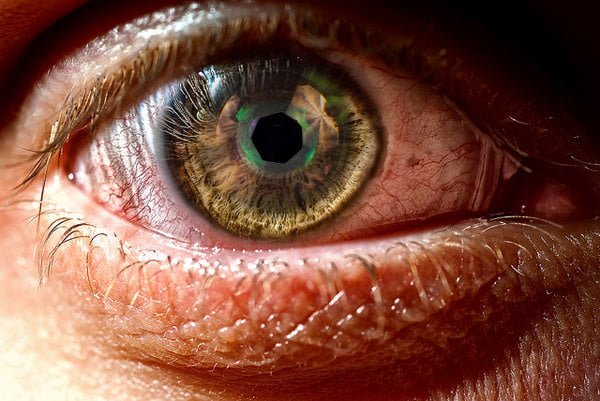
Scientists have used stem cells to grow a rudimentary eye in the laboratory in a landmark study that raises the prospect of creating tissues to treat blindness and tease apart how diseases can destroy eyesight, The Guardian reported. The team of Japanese scientists is the first to make significant progress in turning embryonic stem cells into an organ as complex as the eye. They hope their work will help shed light on the progression of diseases that lead to blindness and screen for drugs that might slow or reverse the conditions. Their success also may mean that someday we may have banks of healthy retina cells to transplant into patients whose vision has been damaged by illness or accidents. The scientists grew the rudimentary eye by using embryonic stem cells from mice to grow an optic cup – the structure that forms the retina and contains the light-sensitive cells and neurons necessary for proper sight. The eye and the different cells took shape spontaneously from a floating cluster of embryonic cells the scientists had cultured. The eye measured 2mm across – approximately the size of an eye of a newborn mouse. “This is a step I never thought I would see,” said Professor Robin Ali, a molecular geneticist at the UCL Institute of Ophthalmology in London in a interview with The Guardian. “This is the first time anyone has been able to make a complex structure from embryonic stem cells.” Researchers are hopeful that they will be able to replicate the process with human cells within two years. The study was published in the journal Nature. Click here to read more from The Guardian.
